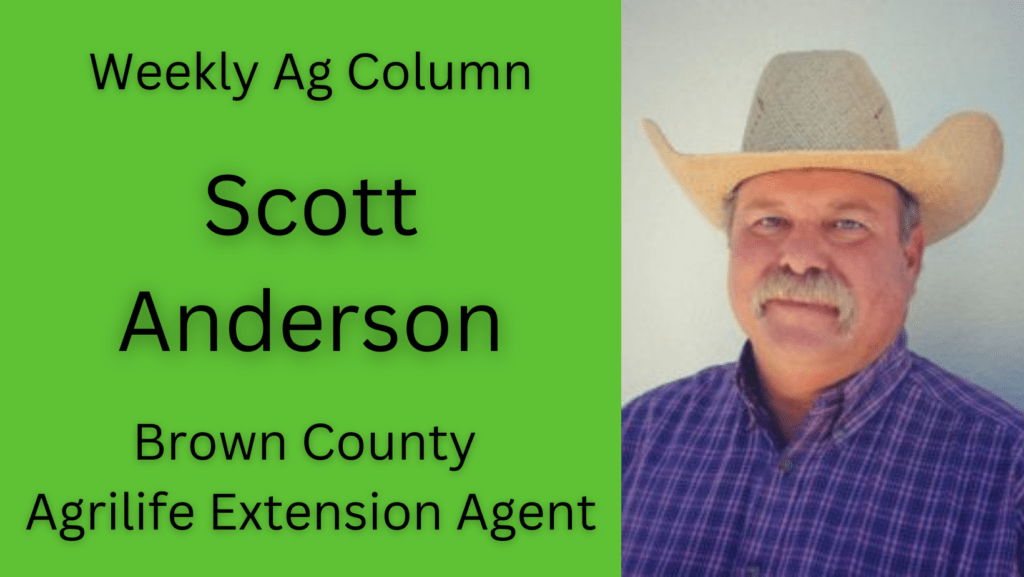
Cattle producers who choose to breed spring-calving replacement heifers about a month ahead of the mature cows need to determine which heifers failed to conceive in their first breeding season.
Many Oklahoma cow-calf operators like to use a shortened 45- to 60-day breeding season for replacement heifers.
“As bulls are being removed from the replacement heifers, this would be an ideal time to contact your local veterinarian and make arrangements to have those heifers evaluated for pregnancy in about 60 days,” said Glenn Selk, Oklahoma State University Cooperative Extension emeritus animal scientist and managing editor of the university’s popular Cow-Calf Corner newsletter.
In about two months, professionals experienced in palpitation should have no difficulty identifying which heifers are pregnant and which are not.
“Any heifer determined to be ‘open’ after the breeding season should be a strong candidate for culling,” Selk said.
Culling open heifers immediately after being pregnancy checked serves three economically valuable purposes. First, identifying and culling open heifers early will remove sub-fertile females for the herd.
Selk said lifetime cow studies from Montana indicated that properly developed heifers that were exposed to fertile bulls but did not become pregnant were often sub-fertile compared to the heifers that did conceive.
“When the heifers that failed to breed in the first breeding season were followed throughout their lifetimes, they averaged a 55 percent annual calf crop,” he said. “Despite the fact that reproduction is not a highly heritable trait, it also makes sense to remove this genetic material from the herd so as to not proliferate females that are difficult to get bred.”
CULL
Second, culling open heifers early will reduce costs associated with summer forage and winter maintenance.
“If the cow-calf operator waits until next spring to find out which heifers do not calve, the pasture use and winter feed expense will still be lost and there will be no calf to eventually help pay the bills,” Selk said. “This is money that can better be spent in properly feeding cows that are pregnant and will be producing a calf that can be sold the following fall.”
IDENTIFY
Third, identifying open heifers shortly after 60 days the breeding season concludes will allow the rancher to market the heifers while they are still young enough to go to a feedlot and be fed for the Choice beef market.
“Beef carcasses estimated to be 30 months of age or older are unlikely to be graded Choice and cannot be graded Select,” Selk said. “The cattle rancher who waits until next spring to identify poor-breeding 2-year-olds will be culling a female that will be marketed at a noticeable discount compared to the price per pound she would have brought this summer as a much younger animal.”
Given how the percentage of open heifers will vary from ranch to ranch, cow-calf operators should not be concerned if – after a good heifer development program and adequate breeding season – they discover that 10 percent of the heifers still are not bred.
“Resist the temptation to keep these open heifers and ‘roll them over’ to a fall-calving herd,” Selk said. “These are the very heifers that you want to identify early and remove from the herd. It just makes good economic business sense to identify and cull non-pregnant replacement heifers as soon as possible.”
Cattle and calves represent the number one agricultural commodity produced in Oklahoma, accounting for nearly half of total agricultural cash receipts, according to National Agricultural Statistics Service data. Oklahoma’s cattle industry generates more than $3.7 billion annually.